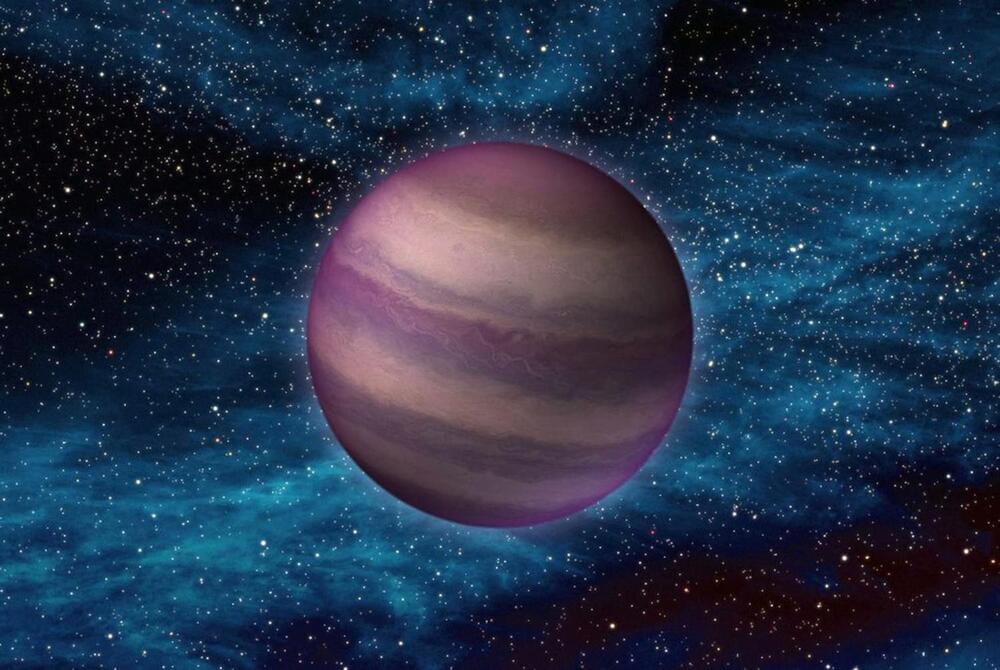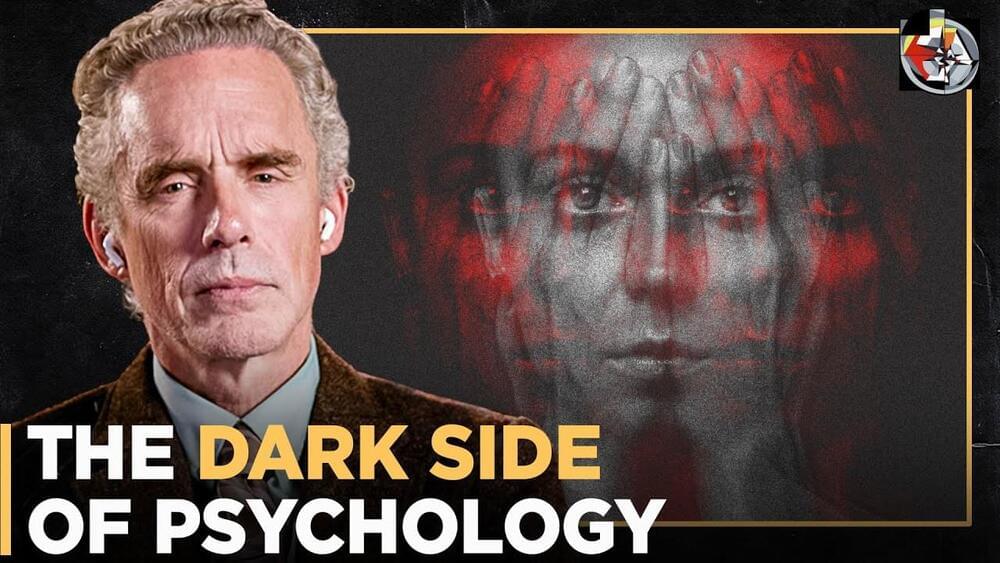There’s an excessive amount of innovation embedded in right now’s cutting-edge pc chips, however not a lot of it’s as out-of-the-box because the considering that’s driving Australian startup Cortical Labs. The corporate, like so many startups with synthetic intelligence in thoughts, is constructing pc chips that borrow their neural community inspiration from the organic mind. The distinction? Cortical is utilizing precise organic neurons, taken from mice and people, to make their chips.
“We’re constructing the primary hybrid pc chip which entails implanting organic neurons on silicon chips,” Hon Weng Chong, CEO and co-founder of Cortical Labs, informed Digital Tendencies.
That is completed by first extracting neurons in two other ways, both from a mouse embryo or by remodeling human pores and skin cells again into stem cells and inducing these to develop into human neurons.









